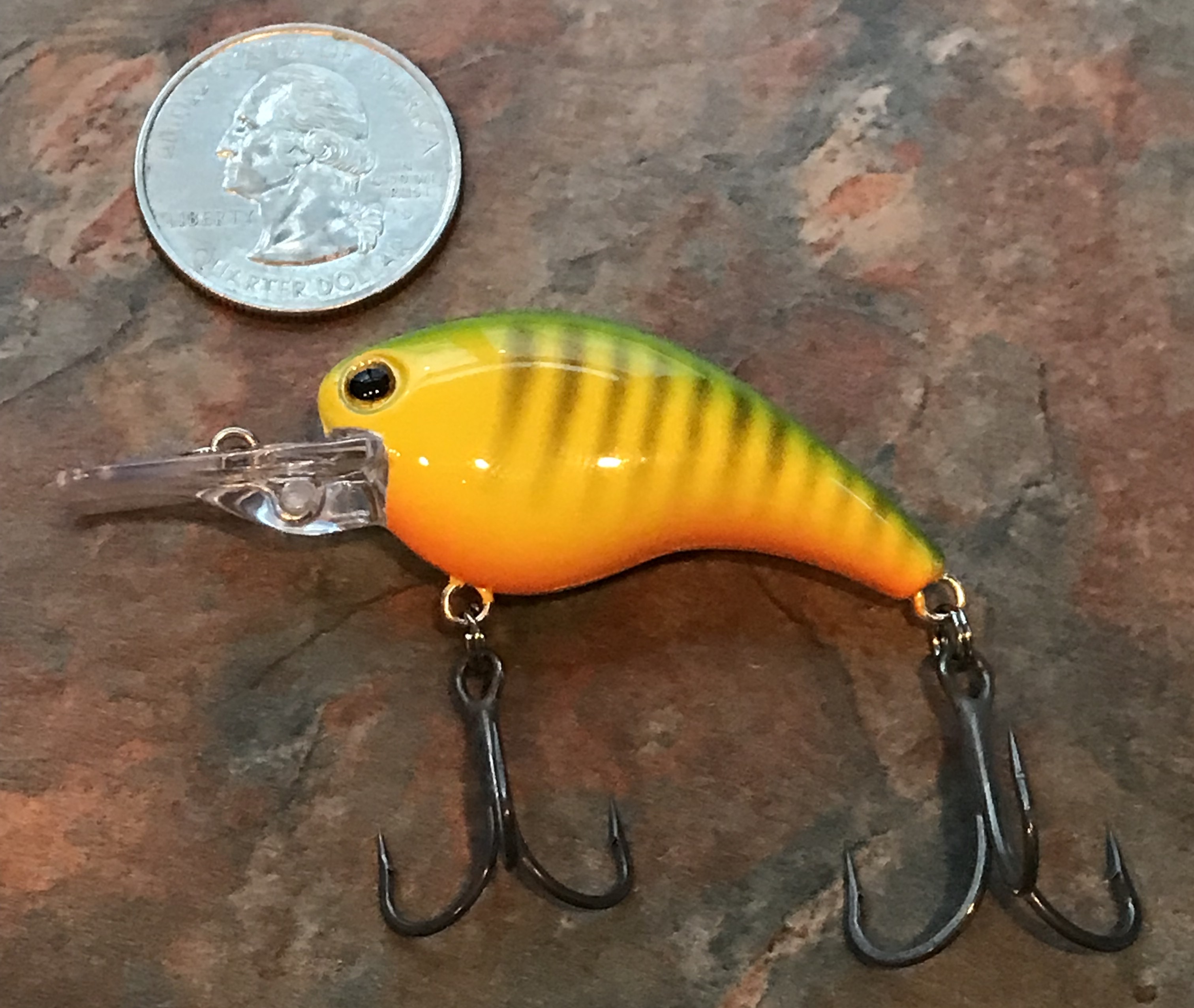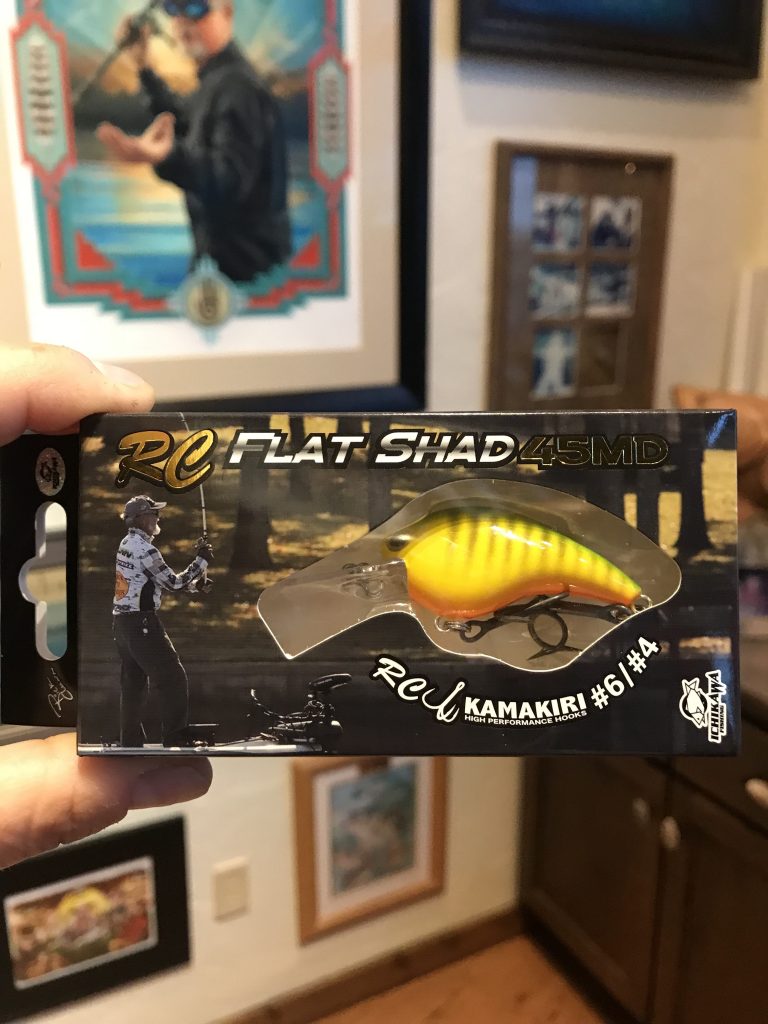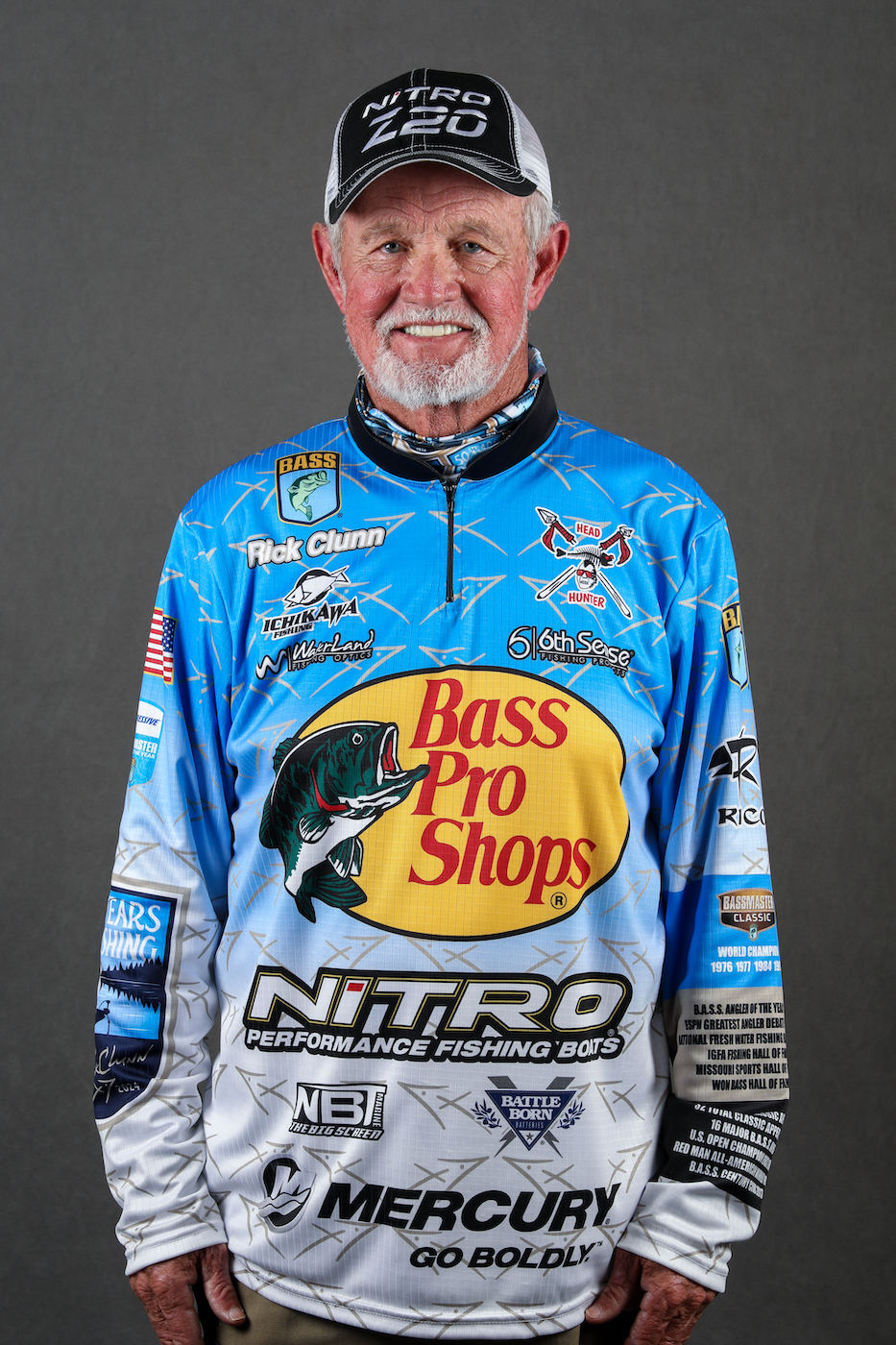
If you follow my career, you know that I’m in the process of changing my approach in tournaments.
I’ve realized that the traditional sizes of lures that worked well during the peak of my career rarely get you a high finish in today’s Bassmaster Elite Series.
I have to fish bigger baits for fewer bites to succeed. That’s just the way it is, and that’s how I started my practice at Chickamauga Lake.
The first day of practice, I fished spinnerbaits and jerkbaits through areas I’d fished in previous years and only caught two fish. On the second day, I decided to explore an area I had never been in and had no idea what kind of bass population lived there.
As I started to pick up a bigger bait, I remembered the Bagley Honey Bee used to win me a ton of money, including my first Bassmaster Classic, when size limits were smaller and bag limits were bigger.
I knew that little baits will show you numbers of fish when the bigger baits may not. The bigger baits work well when the bass are more aggressive, but if you don’t hit that short time frame, you don’t realize what actually lives there.
I decided to scale down to see what was there and tied on the Ichikawa Fishing RC Flat 45MD made by a Japanese company with whom I have been working. I also reminded myself little baits can be addictive; they attract more bites but from smaller fish.
Not on that day.
My first fish weighed over 6, followed by one over 4, one over 5 and three more. My bag would have conservatively weighed over 24 pounds.
The RC Flat 45MD is a small crankbait of plastic similar to the balsa-bodied Honey Bee. It only weighs about 1/4 ounce and runs about 2 feet. I was fishing it over submerged grass that lay offshore where the fish would stage before moving to the bank.

Unlike a lot of the small crankbaits that come with tiny hooks, the 45MD comes with a No. 6 treble on the front and a No. 4 on the back. These are the company’s own hooks that are the sharpest and strongest I’ve ever fished.
Catching those fish was a huge confidence builder. When I went back during the tournament, I fished the 45MD and caught a 3 1/2-pounder on my first pass, then picked up the spinnerbait and caught a 9, a 6 and ended up with a 23-pound limit that moved me into the top six.
I struggled the last day I fished and fell out of the Top 10, probably because I caught too many fish in practice. But my point is I may have never known what was there without that little bait.
As anglers, we often write off an area after we go through it without a bite on the bigger baits. It could be the wrong time or under the wrong conditions, and the bass are actually there.
I know bigger baits are more likely to produce the weight I need in an Elite tournament, but I’m re-evaluating those smaller lures as tools for locating bass on tough days or new waters.





